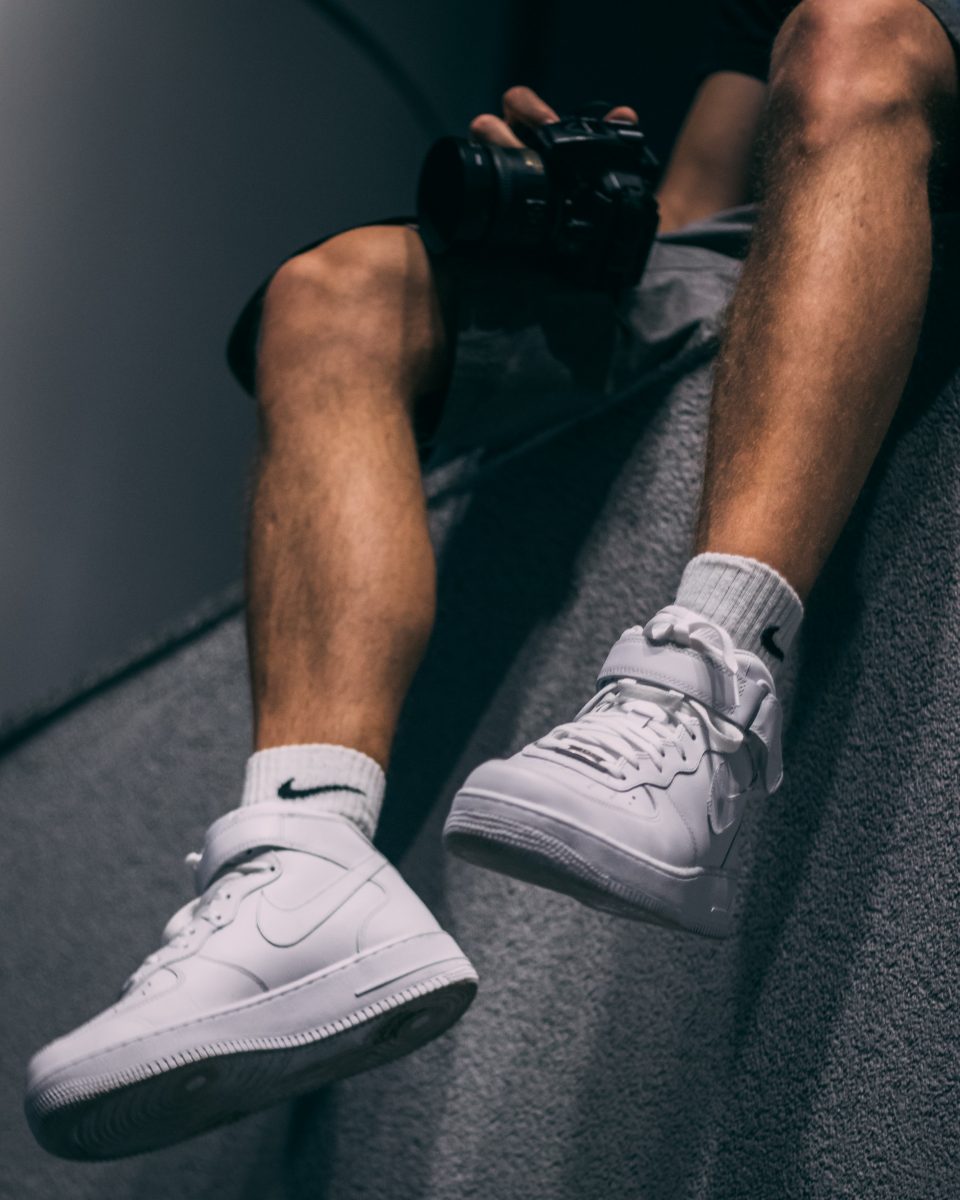‘Shin splints’ is a term used to describe any type of pain that is felt along the shin bone, which runs from your knee to your ankle. There are different types of shin splints and a variety of sports and forms of exercise can cause this condition.
Shin splints are relatively common and fairly easy to manage, providing that you speak to a sports physiotherapist in Melbourne immediately upon noticing symptoms. Read on to learn more about this condition, what signs and symptoms to look for, and how to prevent pain from occurring in your lower leg.
What are shin splints?
Shin splints are pain felt in the inner part of the shin bone, also known as the tibia. The tibia is the larger and stronger of the two bones in the lower leg. This pain tends to be caused by inflammation in the muscle tendons and bone tissue and is common in athletes who engage in repetitive, high-stress activities — like running or dancing.
Signs and symptoms of shin splints
Shin splints can often be confused with other, closely related conditions. The signs and symptoms that typically indicate you may be suffering from an overuse injury include:
- Tenderness, soreness, and pain along the inner side of your shinbone
- Mild swelling in your lower leg
- Pain that reduces in intensity throughout an exercise session
- Numbness and weakness in the feet
These symptoms are quite similar to a number of other conditions, including a stress fracture, tendonitis, and compartment syndrome. As such, it’s very important to consult a sports physio near me as soon as you notice any type of pain in the lower leg.
What causes shin splints?
As mentioned, shin splints tend to be caused by overuse. However, there are a few other activities that may result in pain in the lower leg:
- A sudden increase in the amount of exercise
- Poor running technique — specifically, the ankle joint rolling inward as the foot hits the ground.
- Running on hard or uneven surfaces
- Wearing unsupportive footwear or footwear inappropriate for the intended activity.
Diagnosing shin splints
If you have tried resting, icing the affected area, and taking over-the-counter pain medication and still not noticed a reduction in your symptoms, contact a sports physiotherapist in Melbourne to discuss your concerns.
To diagnose shin splints, the physiotherapist will ask general questions about the type and frequency of exercise you engage in. They will also ask you to describe the pain in terms of severity and location.
They may also look at your gait and physically examine your lower leg. An MRI or X-ray may be ordered to rule out a stress fracture.
Treating shin splints
As shin splints are primarily an overuse injury, treating them typically involves giving yourself plenty of time to rest and heal.
A physio may also advise that you place an icepack on the affected area for 15–20 minutes 3 times a day. Aspirin can help relieve symptoms.
The manner in which you return to exercise is as important as how you have treated your shin splints. A physio will be able to give a tailored recommendation but generally speaking, you should return to exercise gradually, over a period of a few weeks. Slowly increase your intensity and look to vary the type of exercise you are engaging in to avoid putting undue pressure on your lower legs. You may also need to wear specialist supportive shoes.
Preventing shin splints
There is a range of strategies you can implement to reduce your risk of shin splints or prevent the condition from reoccurring in the future. These include:
- Wearing the right shoes: The type of shoes you wear to exercise impacts far more than your feet. The alignment of your legs and hips depends on having a supportive shoe. Your physio may recommend a particular brand or style of shoe, or even several types of runners if you routinely participate in multiple forms of exercise.
- Preparing for exercise: Stretching is one of the best ways to prevent overuse injuries. Engaging in a proper warm-up routine, which includes static stretches and a gradual increase in the intensity of your movement, is paramount if you are to reduce your risk of shin splints.
- Train on appropriate surfaces: Pounding the pavement for hours at a time is going to place increased pressure on your bones and muscles. Choose appropriate surfaces to train on and avoid any environment that is particularly hilly or uneven.
- Don’t push through pain: The adage ‘no pain no gain’ is simply not true when it comes to overuse injuries like shin splints. If you have previously suffered from this condition, immediately reduce the intensity and frequency of your exercise at the first sign of pain.
Freedom Sports Medicine’s team of experienced physiotherapists are passionate about helping our patients achieve their personal sporting best. For more information about our services or to book an appointment with our team of leading sports physiotherapists in Melbourne, contact Freedom Sports Medicine today.
